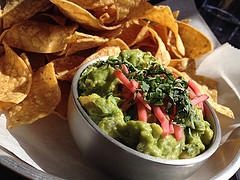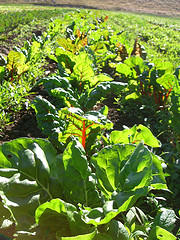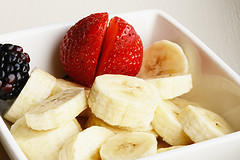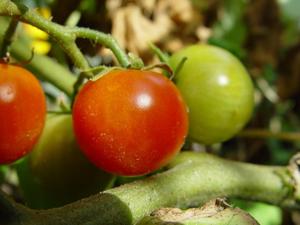Flax seeds are some of the healthiest foods on earth due to their high levels of omega-3 fatty acids and other beneficial nutrients, and luckily, it’s very easy to incorporate them into many of your favorite foods. Here are just a few great recipes that will help you to reap the health benefits of flax seeds!
Oatmeal Cranberry Lemon Cookies [Bob’s Red Mill]
This unique recipe offers the best of both worlds: the sweet, chewy taste of cookies and the bodily benefits of a health food. These cookies are also gluten-free, vegan, and low in calories, making them great for all kinds of diets.
Kale and Banana Smoothie [All Recipes]
Fuel up in the morning or after a workout with this quick and easy recipe that not only uses flax seeds, it’s also packed with fruits and vegetables. Simply blend kale, bananas, and soy milk with one tablespoon of flax seeds for a drinkable snack on the go.
Banana-Flax Breakfast Muffins [Vegetarian Times]
Keep these flax-filled muffins on hand throughout the week for a quick breakfast that you can eat on your morning commute. The combination of bran and flax is great for digestive health, while four whole bananas offer a boost of potassium.










 Equal Housing Opportunity
Equal Housing Opportunity